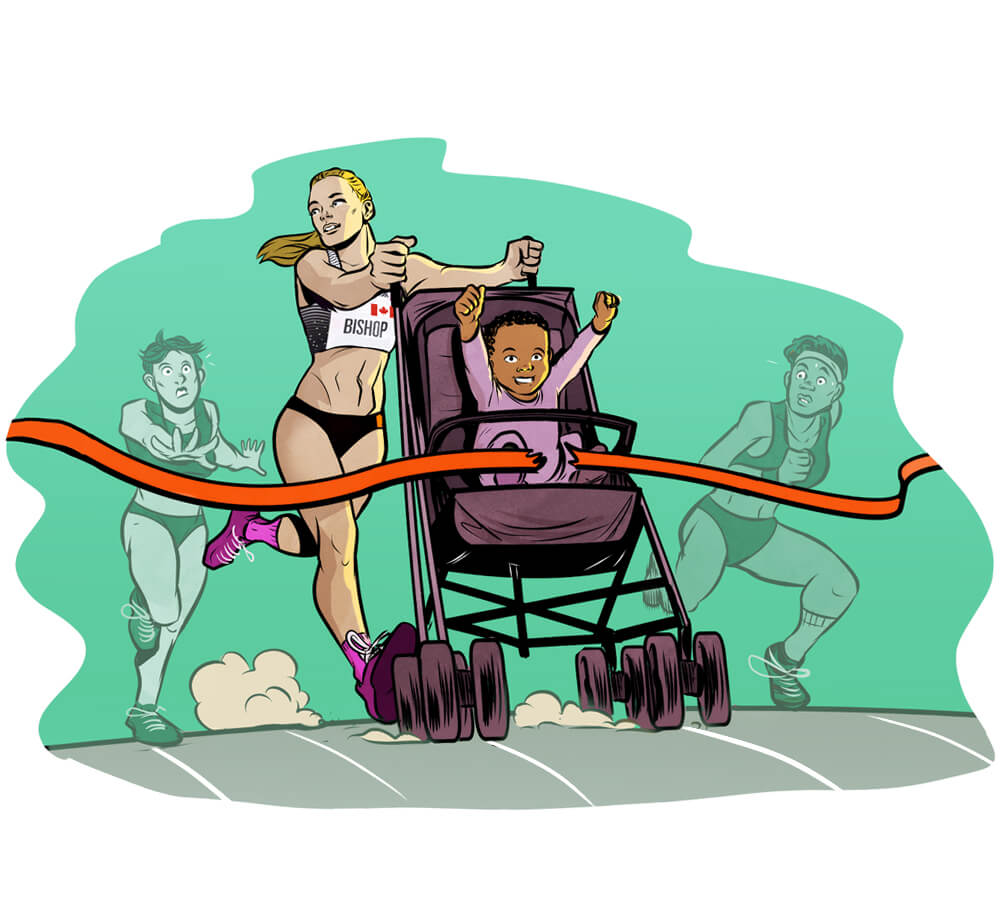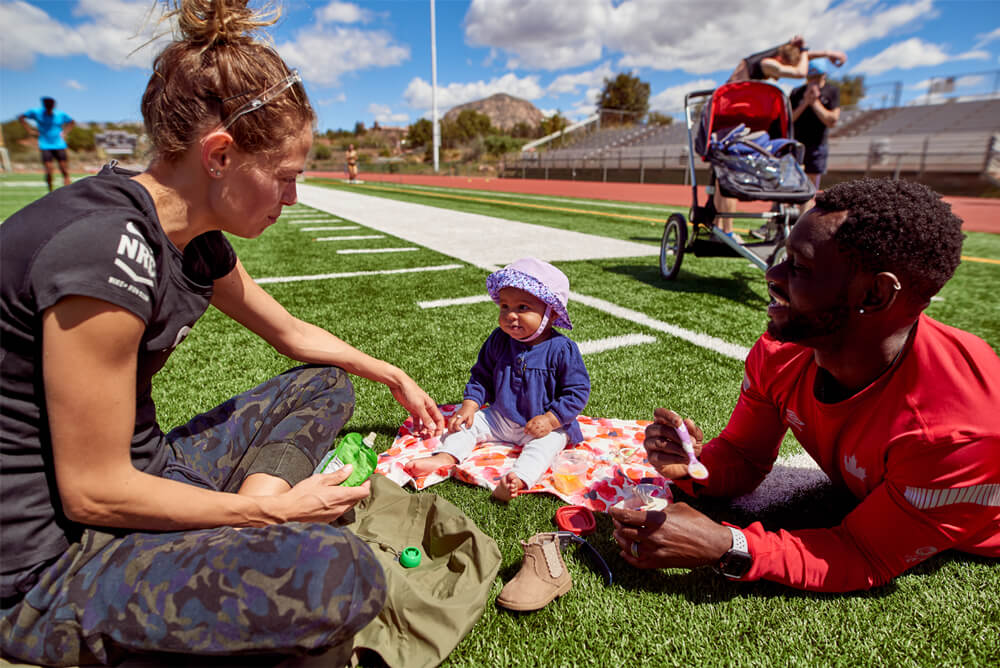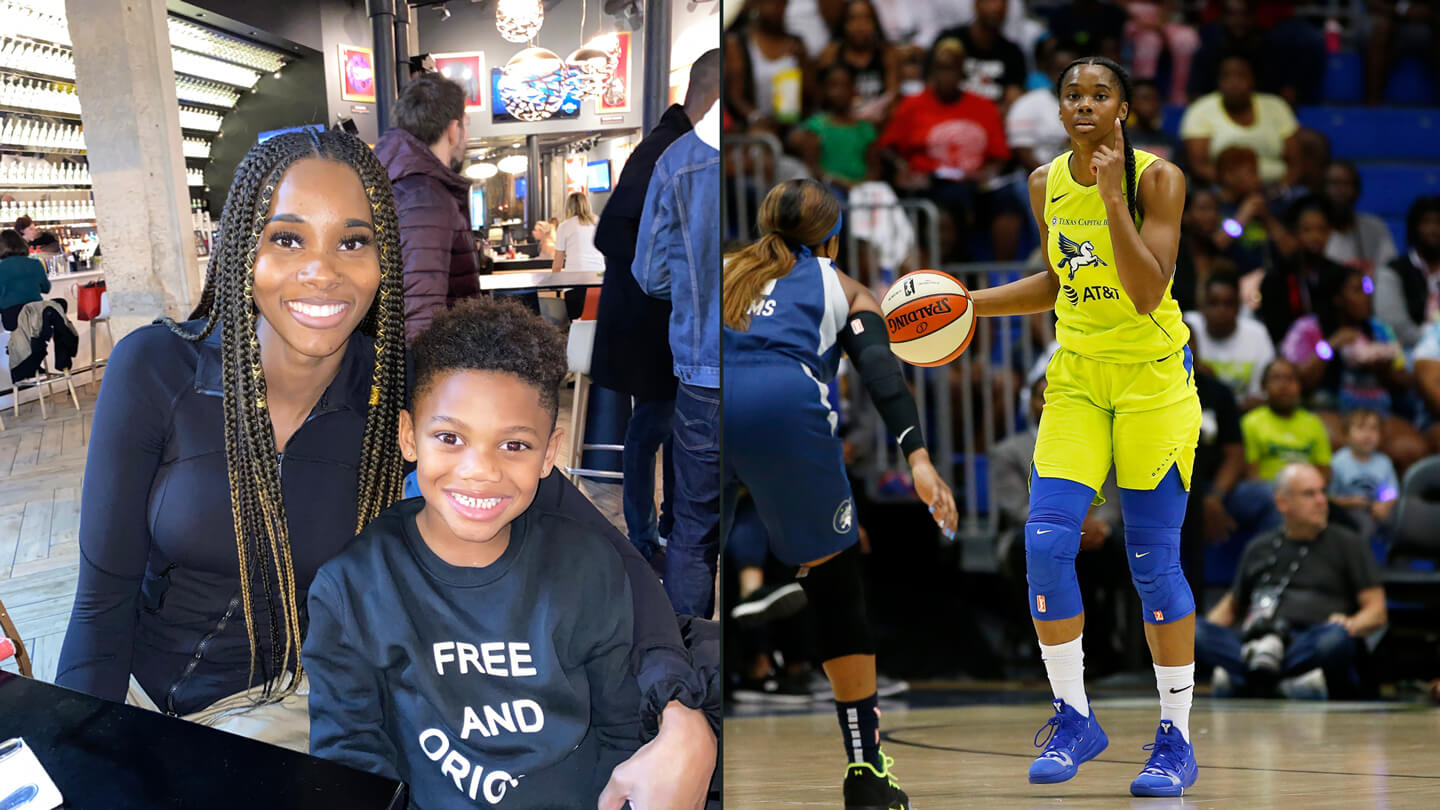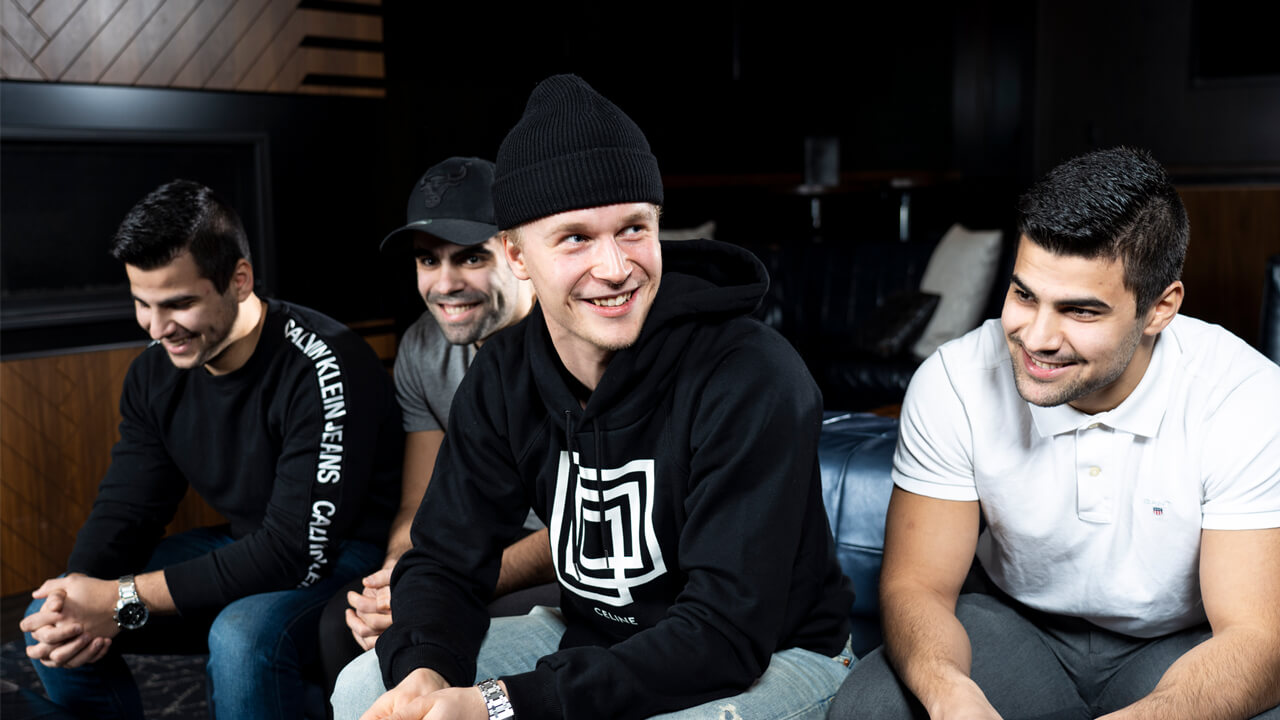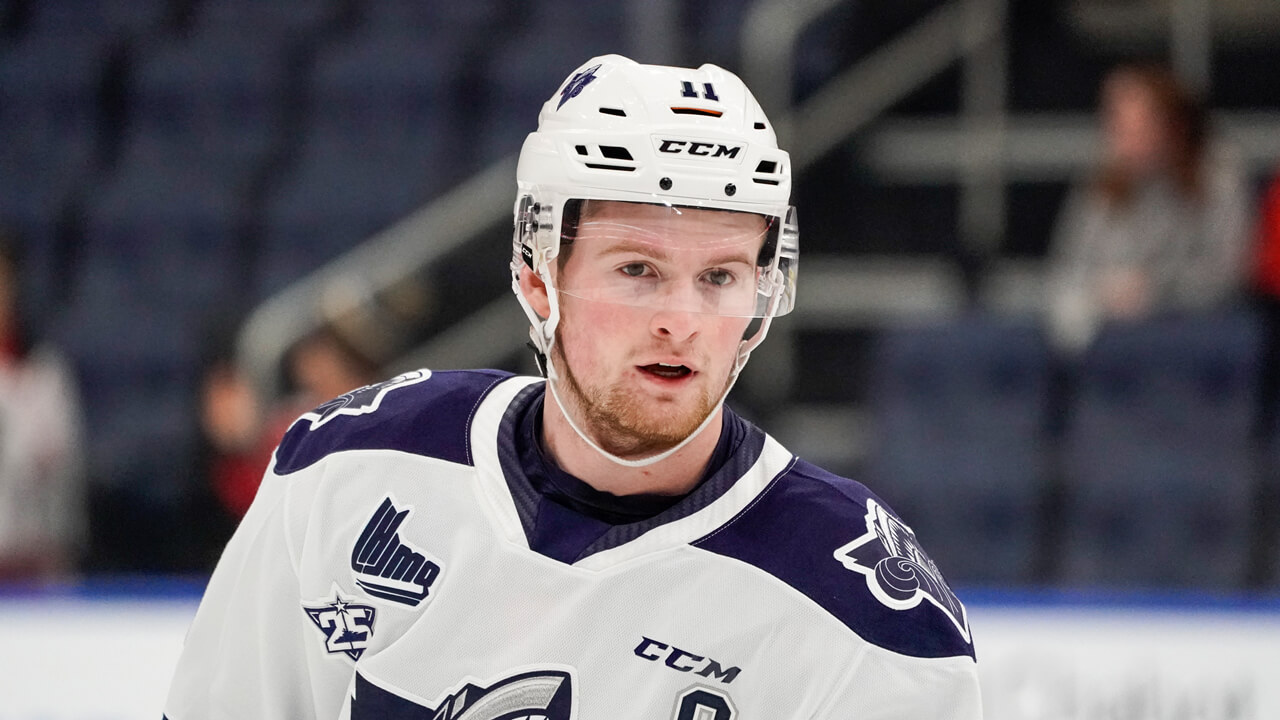Hill did doubt that she’d be able to get back to her old self, though. She was eight months pregnant when the WNBA season started, and she cried herself to sleep “many, many nights,” she says, wondering: Will I ever get back to where I want to be? She questioned whether it was the right time to start a family. “I had all these different thoughts, because I didn’t want to be behind. And I felt like I was just going to be so far behind,” she says.
Hill leaned on yet another part of her support network to get her through those doubts. Candace Parker missed part of her second season in 2009 to have her daughter, Lailaa. Parker was the WNBA’s MVP and Rookie of the Year in 2008, and some critics called her selfish for taking a break to start a family, while others questioned whether she’d ever come back to her full speed. Parker was named a second-team all-star that 2009 season (she returned midway), she won her second league MVP award in 2013 and led the Los Angeles Sparks to a title in 2016. She’s very back.
Parker’s main advice to Hill was not to panic if she didn’t feel like herself immediately when she first got back on the court. “She said it took her a full year,” Hill says.
Hill started working out five-and-a-half weeks after she had Maurice, once she was cleared by doctors. Either Lighty or family or her nanny would watch Maurice during those sessions. Mystics trainer Navin Hettiarachchi helped with everything, including nutrition and taking Hill through workouts in the pool and on anti-gravity machines that allowed her to run without the full weight of her body. “He held my hand the whole way,” Hill says.
Less than two months after she’d given birth, Hill started attending Mystics practices, to watch and keep up with what her team was doing, often nursing on the sidelines. Soon after, she was participating, and less than three months after she’d had Maurice, Hill was back on the court for games — just in time for tail end of the 2014 season. The ongoing support from the team around her, Hill says, kept her positive and confident, even when she didn’t feel quite like herself. “They were like, ‘You just had a baby a few months ago. A lot of women aren’t back at work yet, and you’re here playing a professional sport,’” she remembers. “All those things helped me get back to where I needed to be.”
While she had lost all her pregnancy weight by the time she returned to the Mystics lineup, “I was way different,” Hill says. “I was far from where I needed to be. I wasn’t toned, my stomach was different. My balance was off, I was a step or two slower than I was used to.”
Hill didn’t play much at the end of that season or during her team’s playoff run — the guard logged 39 minutes total in five games in the regular season, and just four minutes in a playoff game — but it did a lot for her confidence going forward. “It was perfect,” she says. “It felt good, more than anything, to know I could still get out there.”




